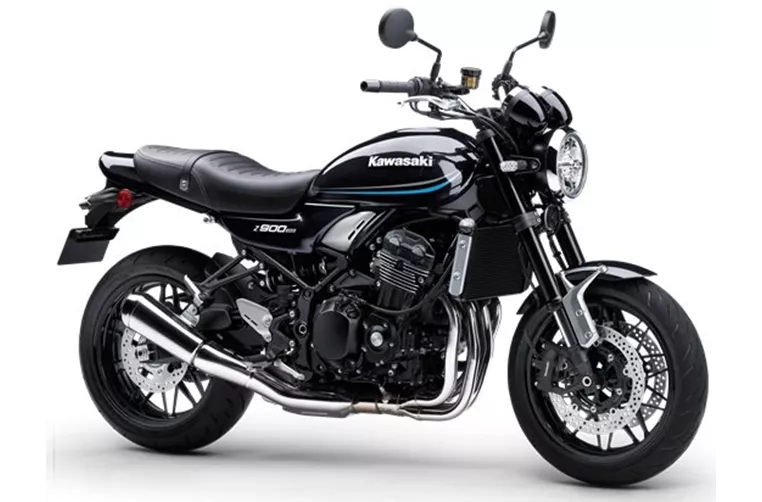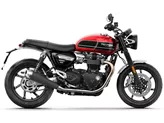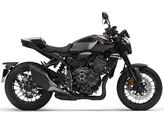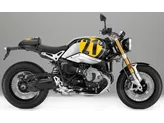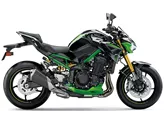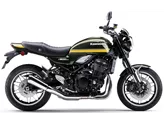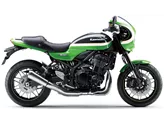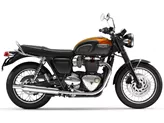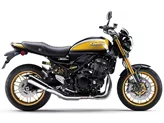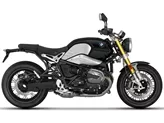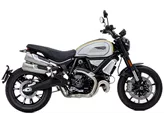Honda CB650F 2017 vs. Kawasaki Z900 RS 2022

Honda CB650F 2017
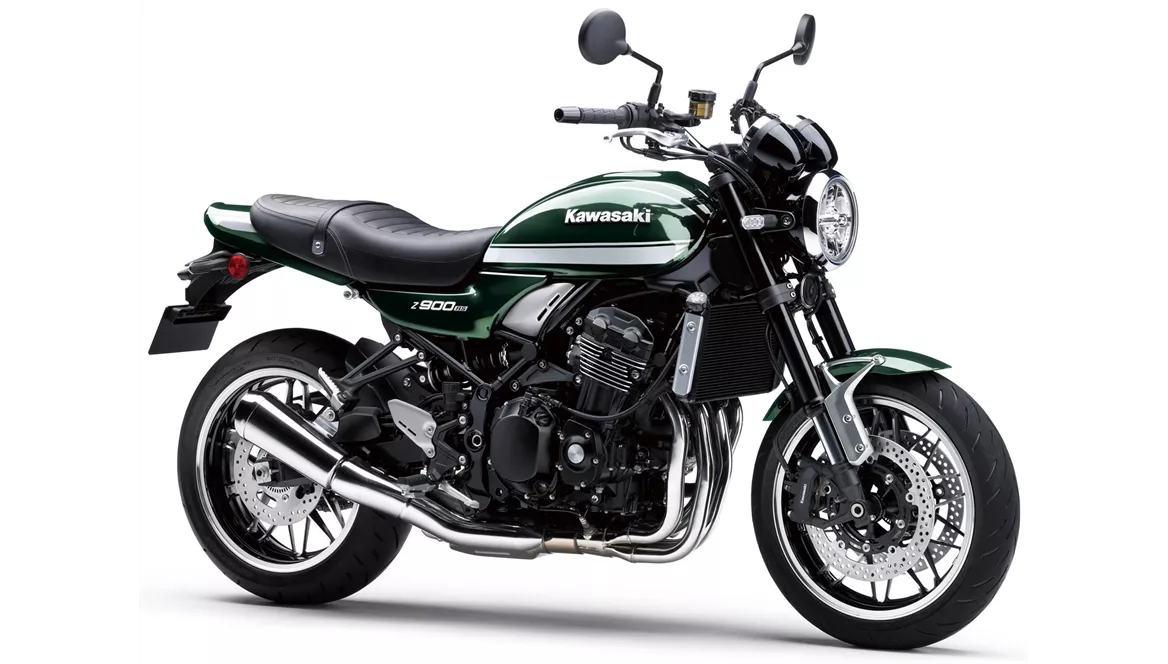
Kawasaki Z900 RS 2022
Overview - Honda CB650F 2017 vs Kawasaki Z900 RS 2022
The Honda CB650F 2017 and the Kawasaki Z900 RS 2022 are both naked bikes with similar engine types, in-line 4-cylinder engines. However, there are several differences between the two models.
In terms of engine power, the Kawasaki Z900 RS 2022 has a clear advantage with 111 HP compared to the Honda CB650F 2017's 91 HP. This higher power output translates to better acceleration and overall performance for the Kawasaki.
Similarly, the Kawasaki Z900 RS 2022 also has a higher torque of 98.6 Nm compared to the Honda CB650F 2017's 63 Nm. This means that the Kawasaki will have more low-end power and better pulling capability.
Both bikes have fuel injection systems, ensuring efficient fuel delivery and improved throttle response. They also have liquid cooling systems to prevent overheating during long rides.
In terms of suspension, both bikes feature swing arm rear suspension with monoshock absorbers. However, the Kawasaki Z900 RS 2022 has the added advantage of adjustable preload and rebound settings, allowing riders to fine-tune the suspension to their preferences.

Honda CB650F 2017
Both bikes have steel frames, providing stability and durability. The Honda CB650F 2017 has telescopic fork front suspension, while the Kawasaki Z900 RS 2022 features upside-down telescopic fork front suspension. This upside-down design provides better handling and stability, especially during aggressive riding.
In terms of braking, both bikes have double disc front brakes. However, the Kawasaki Z900 RS 2022 has larger diameter discs (300 mm) and four-piston calipers, offering more stopping power and better braking performance.
Both bikes are equipped with ABS, ensuring safe and controlled braking in various road conditions. Additionally, the Kawasaki Z900 RS 2022 also features traction control, providing added stability and control during acceleration.
In terms of dimensions, the Kawasaki Z900 RS 2022 has a slightly longer wheelbase of 1470 mm compared to the Honda CB650F 2017's 1450 mm. This longer wheelbase contributes to the Kawasaki's stable handling and improved cornering abilities.
The seat height of the Kawasaki Z900 RS 2022 is also slightly higher at 835 mm compared to the Honda CB650F 2017's 810 mm. This higher seat height provides a more comfortable and upright riding position, suitable for longer rides.
Both bikes have similar tire sizes, with a front tire width of 120 mm and a rear tire width of 180 mm. They also have the same fuel tank capacity of around 17 liters.
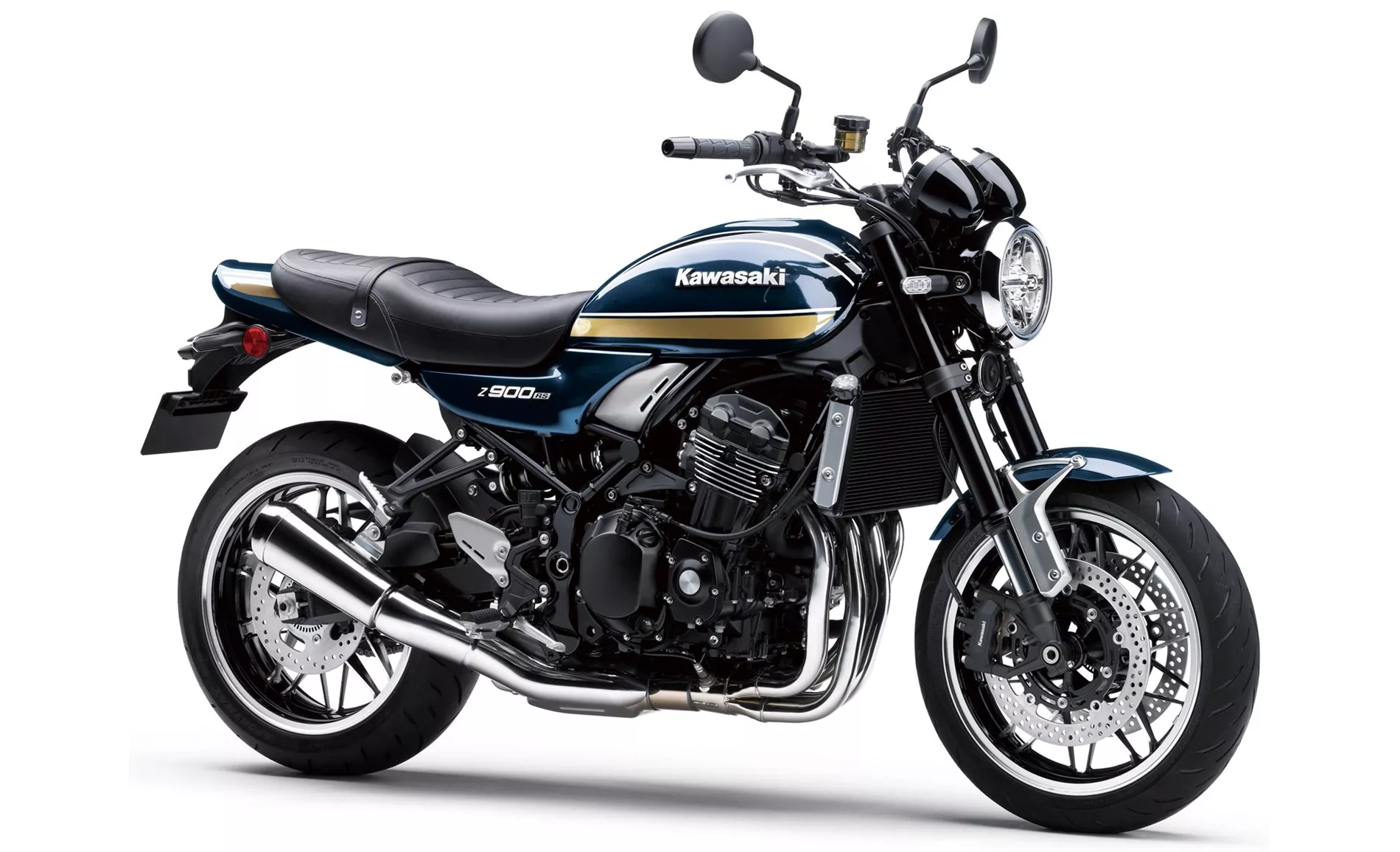
Kawasaki Z900 RS 2022
In terms of weight, the Kawasaki Z900 RS 2022 is slightly heavier with a kerb weight of 215 kg compared to the Honda CB650F 2017's 208 kg. However, this weight difference is minimal and is unlikely to significantly affect the overall performance of the bikes.
In terms of aesthetics, the Kawasaki Z900 RS 2022 stands out with its beautiful design, reminiscent of classic motorcycles. It features analogue displays, giving it a retro look, and adjustable levers for added comfort and customization.
On the other hand, the Honda CB650F 2017 has a more grown-up look and features LED lighting technology, providing better visibility and a modern touch.
In terms of weaknesses, the Honda CB650F 2017's main drawback is its difficult-to-read display, which can be inconvenient for riders. On the other hand, the Kawasaki Z900 RS 2022 lacks an optional quickshifter, which could be a disadvantage for riders who prefer quick and seamless gear shifts.
In conclusion, while both the Honda CB650F 2017 and the Kawasaki Z900 RS 2022 are powerful naked bikes with similar engine types, the Kawasaki offers superior performance with its higher power and torque figures. It also has additional features such as adjustable suspension, traction control, and larger front brakes. However, the Honda CB650F 2017 has its own strengths, including a sporty chassis and LED lighting technology. Ultimately, the choice between the two models will depend on the rider's preferences and priorities.
Technical Specifications Honda CB650F 2017 compared to Kawasaki Z900 RS 2022
Pros and Cons in comparison
Pros and Cons in comparison
Honda CB650F 2017

In its latest stage of development, the 2017 Honda CB 650 F is exactly the four-cylinder naked bike we wanted from Honda. Crisp engine tuning and a shorter gear ratio ensure a quick sprint to 100 km/h, including a screaming four-cylinder sound. The chassis tuning is also very sporty, which makes you feel comfortable on the Honda right away. With LED lighting technology, Honda proves that the CB 650 F is in step with the times, only the display deserves a makeover.
Kawasaki Z900 RS 2022
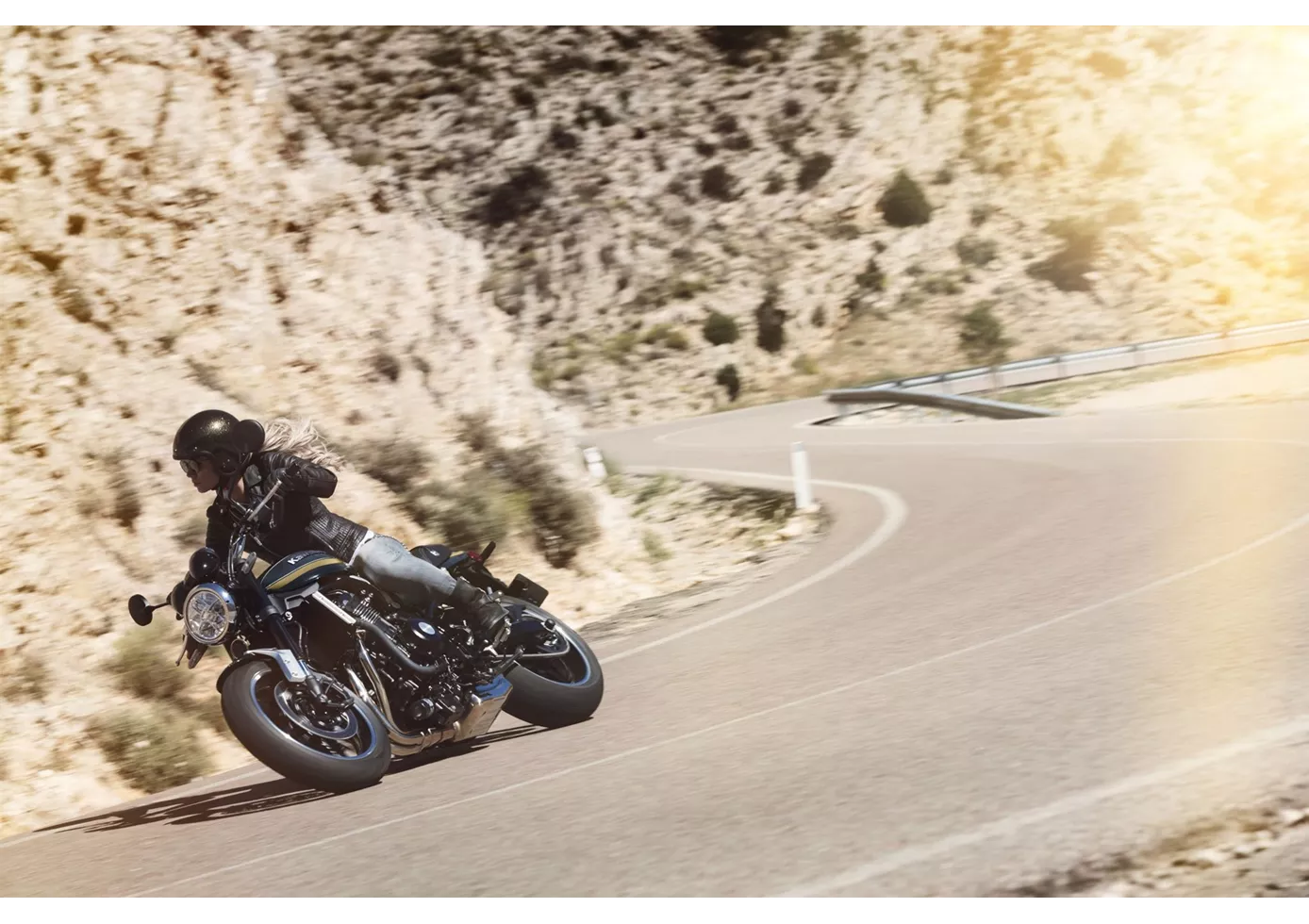
The Z900 RS enjoys a large fan base and in 2022 it once again proves why it is so popular. The powerful engine scores with pulling power and a wonderful sound that is not too obtrusive. The handling feels natural and presents no challenges. Only a quickshifter would suit the bike - even if that doesn't quite fit the retro idea.
Price Comparison Avarage Market Price Honda CB650F vs Kawasaki Z900 RS
There are a few key differences between a Honda CB650F 2017 and a Kawasaki Z900 RS 2022. It takes less time to sell a Honda CB650F with 72 days compared to 127 days for a Kawasaki Z900 RS. Since model year 2014 1000PS.de editors have written 14 reviews for the Honda CB650F and 26 reviews for the Kawasaki Z900 RS since model year 2018. The first review for the Honda CB650F was published on 11/4/2013 and now has more than 14,100 views. This compares to more than 63,700 views for the first review on Kawasaki Z900 RS published on 9/6/2017.

